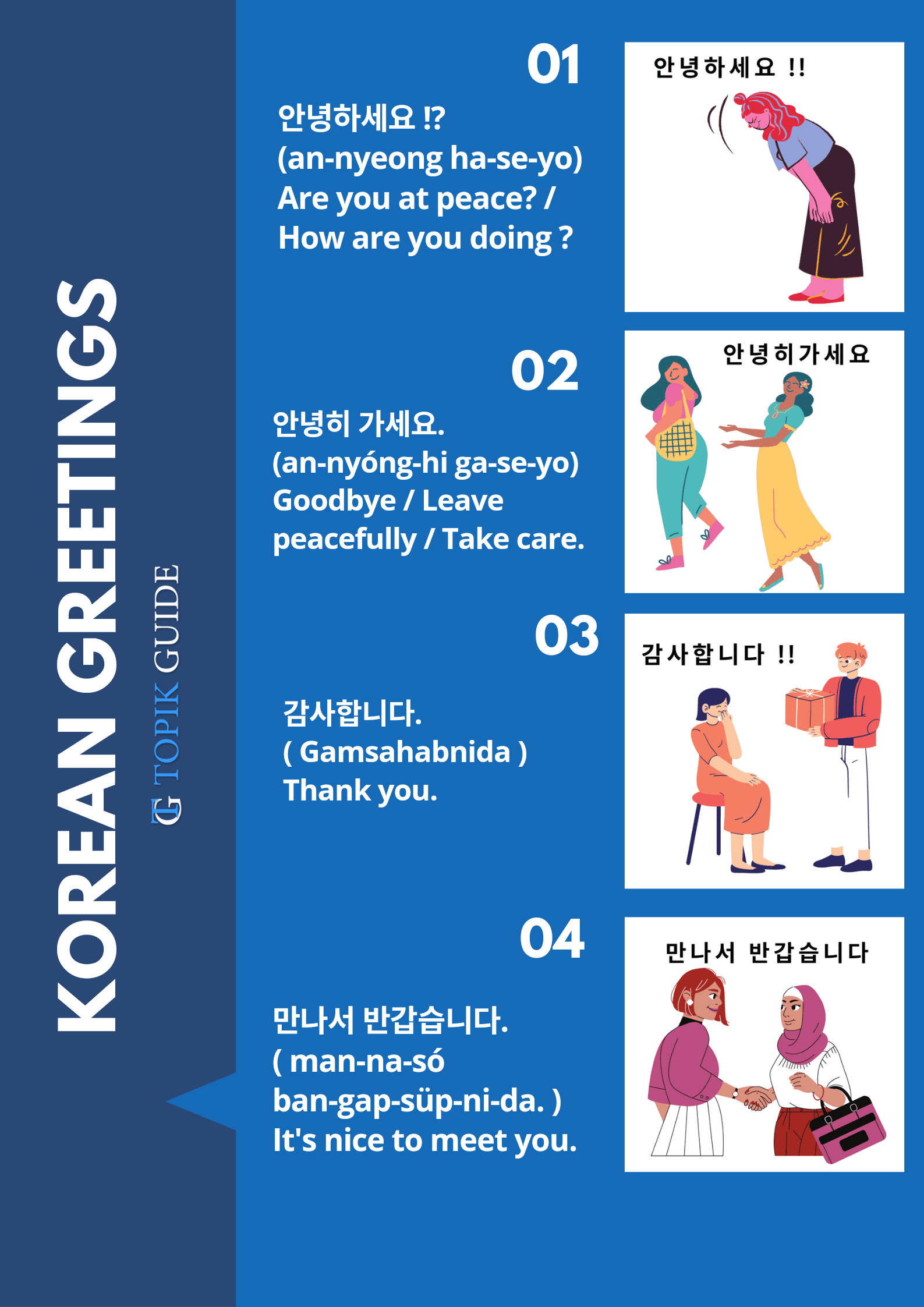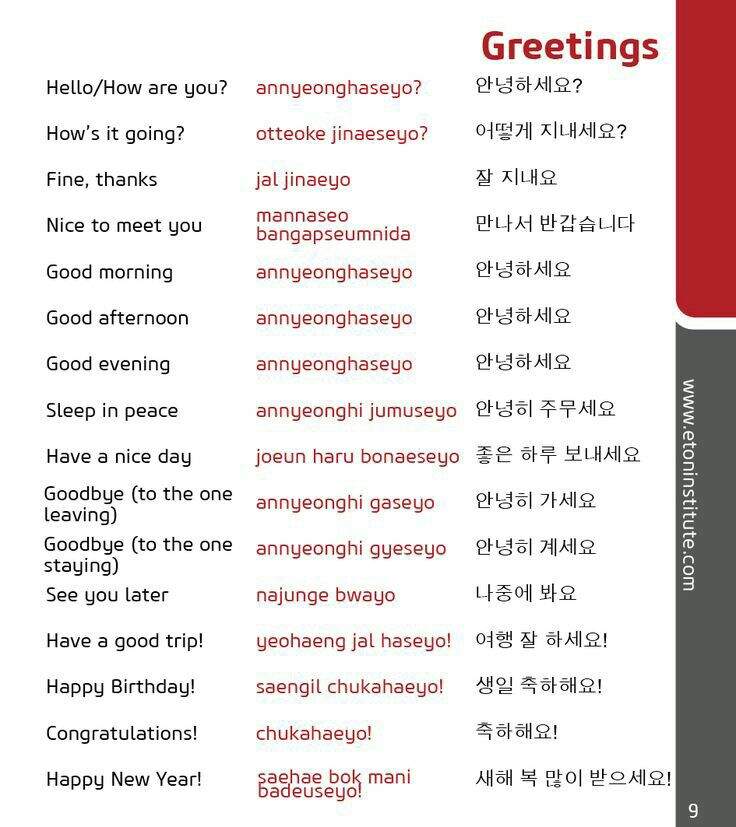Korean Greetings
Greetings in Korean can seem quite simple at first glance. However, there are subtle nuances to the different expressions used throughout the day that help foster positive social interactions.
Starting the Day
Waking up to a fresh new morning is the perfect time for an encouraging salutation. While “Good morning” directly translates to “좋은 아침입니다” (Jo-eun-Ah-Chim-ib-ni-da), this phrase isn’t commonly used in everyday conversations. A friendlier option is “좋은 아침” (Jo-eun Ah-chim), wishing someone a good morning in a brief yet cheerful manner. Beginning the day with positivity sets the tone for hours to come.
Beyond a Simple “Hello”
At work or on the radio, saying “좋은 아침” adds a more personalized touch compared to the standard “안녕하세요”. Making the effort to acknowledge someone with a warm personalized greeting lets them know you care about how their day is starting. Even the smallest acts of kindness can make a big difference in how people feel.

Welcoming the Day
Once morning arrives, “안녕하세요” (Annyeong-haseyo) becomes the all-purpose greeting regardless of the time. Literally meaning “are you at peace”, it acts as Korea’s equivalent to “hello”. However, variations in intonation and context offer nuanced ways to welcome others throughout the day.
Expressing Care in Departing
When parting ways, the expression shifts slightly to “안녕” or “안녕히 가세요”, loosely translating to “goodbye” or “have a good rest of your day”. The inclusion of “히 가세요” shows a bit more care than a simple “bye”. Similarly, one may wish someone “잘 가세요” meaning “have a good trip/journey”. These kindly dismissals help ensure interactions end on a positive note.
Wrapping Up the Day
As evening falls and the sun starts to set, it’s natural for conversations to become more mellow. “잘자” (Jalja), meaning “goodnight”, signals it’s time to rest up for tomorrow’s adventures. Used commonly amongst friends and family, its familiarity makes it the perfect way to wish loved ones a restful night’s sleep.
No Greeting for Afternoon
While morning, evening and night each have their own salutations, Korean lacks a standalone greeting for midafternoon. Instead, “안녕하세요” continues to be utilized regardless of the time of day. Its versatility means conversations can be started smoothly without needing to discern what hour it is. However, body language and context help convey one’s intentions whether it’s a casual “hey” or a warmer hello depending on how one’s day is unfolding.
Bringing Positivity Through Conversation
Overall, Korea’s greeting lexicon aims to foster positivity in social interactions from dawn till dusk. Whether wishing someone a good morning, welcoming them later in the day or bidding farewell, the subtle nuances in expression show care and kindness towards others. In a digitally connected world where meaningful connection is more crucial than ever, these greeting techniques provide a simple yet effective way to bring more warmth to everyday conversations.
